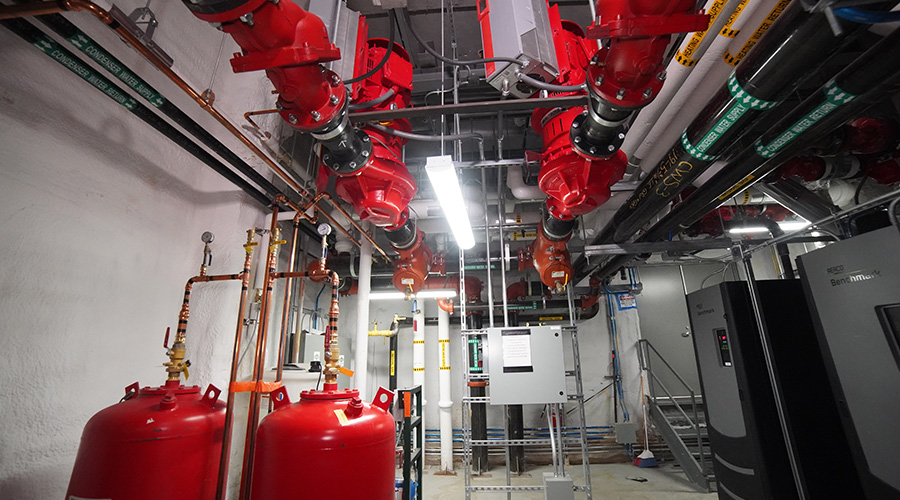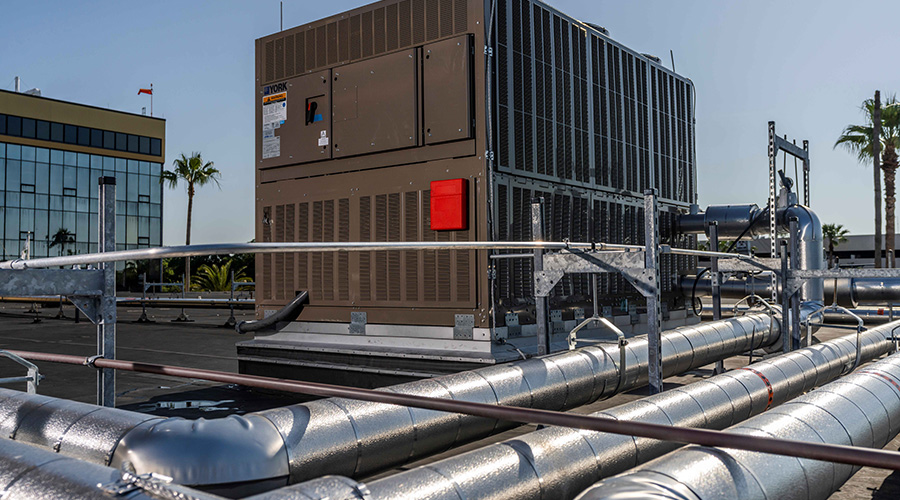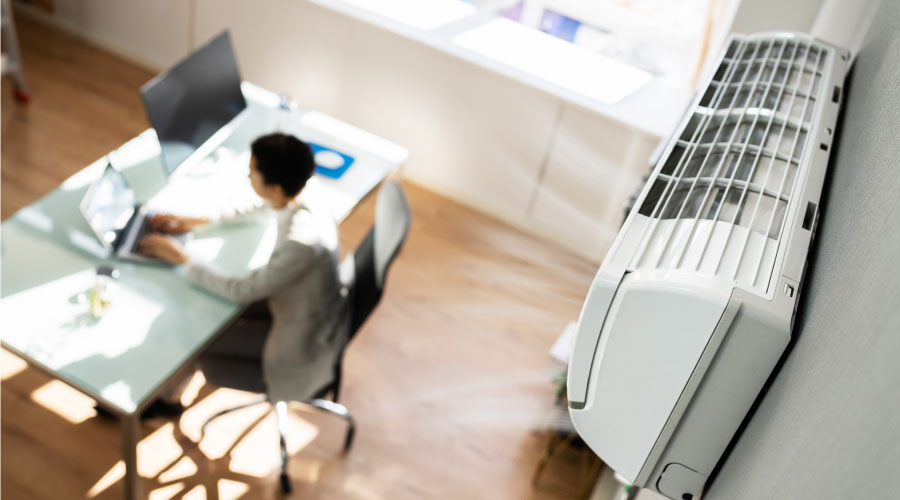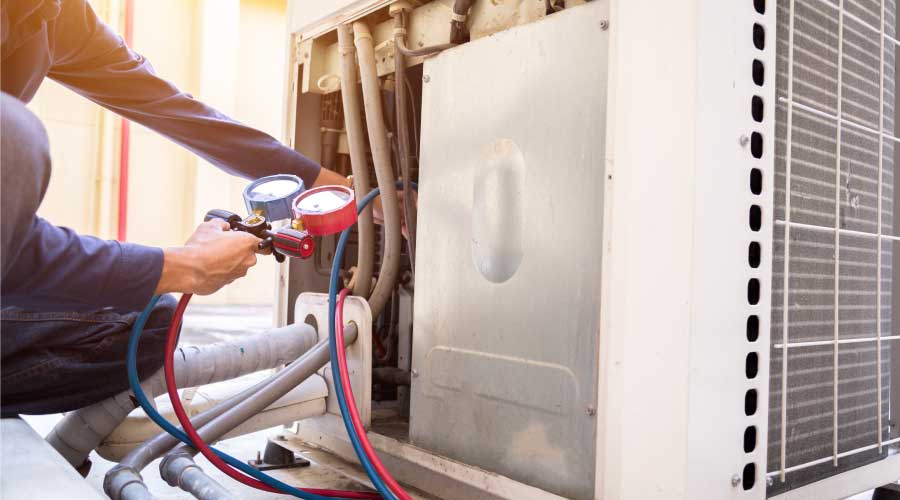Putting a Plan in Place When Portable Cooling Needed
Not all areas of facilities need backup or supplemental cooling. Managers have options in some cases, such as temporarily relocating activities or reducing other heat-producing loads that create cooling demands. But these options will not work for all areas.
Start the preparation process by identifying areas within the facility where the loss of air conditioning would hamper operations and where no other options exist beyond providing supplemental cooling. For example, in areas with large installations of electronic equipment, such as computer servers and telecommunications equipment, managers can temporarily relocate operations or partially shut them down.
For each of those areas, managers must determine a number of factors, starting with the required capacity of the temporary cooling system. If the system is too small, it will not deliver adequate cooling. If the system is too large, the result will be inefficient operation, frequent cycling of the unit, and inadequate humidity control.
Next, managers must consider the areas impacted by a disruption of service. Is the need for temporary air conditioning isolated to specific areas within a facility, or is the need more buildingwide? One or more spot, portable cooling systems can handle localized, temporary cooling needs. More widespread requirements might require a solution that involves connecting a temporary system to the building's distribution system.
If a dedicated system serves the area and that system is adequate to meet the cooling needs, then the capacity of the temporary system should equal that of the system that has failed. Managers can make quick estimates of cooling loads, particularly where a large portion of the cooling load comes from equipment, by looking at the power requirements of the equipment. Other estimates of required cooling capacity can be made by following several rules of thumb.
For example, one common rule of thumb for commercial spaces is 1 ton of cooling for every 300-400 square feet of space in moderate climates. But managers must be careful when applying rules of thumb. They are not that accurate, and there are too many variables. It is far better to have an engineer perform a load calculation, if time permits.
Managers also must consider power requirements. Portable cooling systems have specific current and voltage requirements, depending on the capacity and type of unit. If those requirements are not available, it will require running a dedicated circuit during the planning process. In such cases, managers will have to balance the cost of running a circuit that might never again be used against the impact of a delay in providing cooling, should the facility have to install a circuit at the time temporary cooling is required.
Related Topics:














